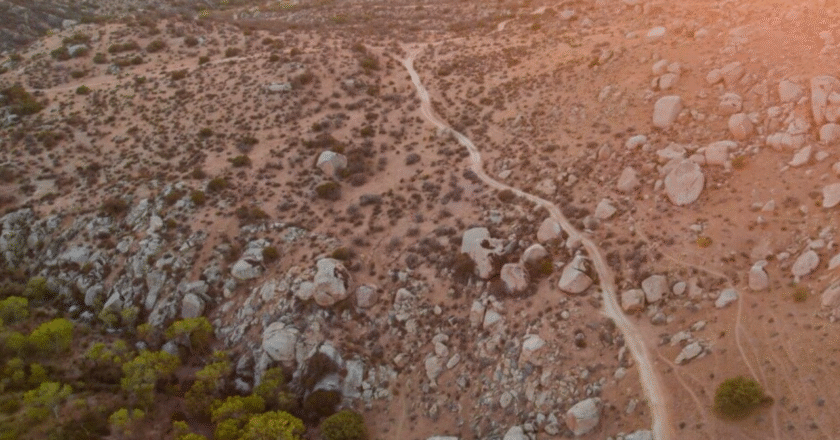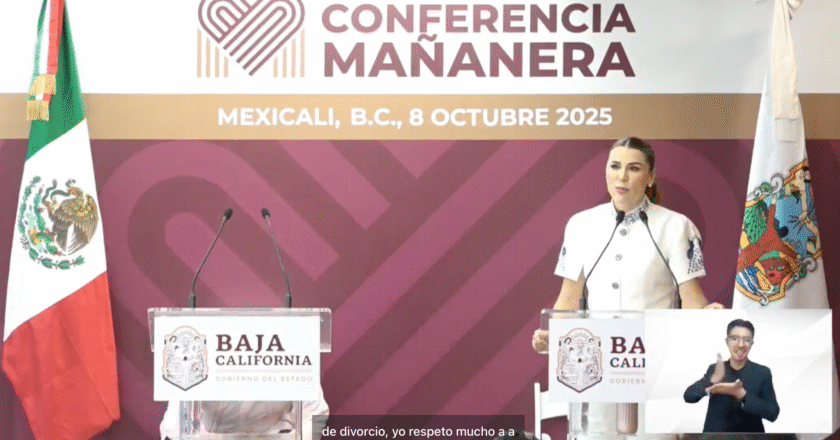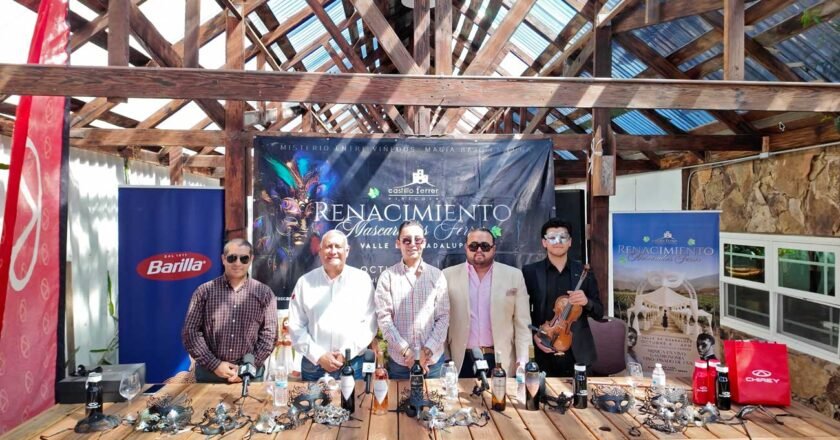A Sunday That Matters This Sunday, October 19, Baja California opens more than another hiking route. The Kumiay Trail Network, …


A Sunday That Matters This Sunday, October 19, Baja California opens more than another hiking route. The Kumiay Trail Network, …

It’s official — Governor Marina del Pilar Ávila Olmeda confirmed she’s in the middle of a divorce. And she did …

Mexico City — Baja California just proved it can do more than tacos, wine, and beach sunsets. It can sell …

The October Festival “Territories of Peace” arrived in Ensenada with color, rhythm, and plenty of heart. It’s a celebration of …

Every fall, Baja sheds her dusty summer coat and slips into something far more dramatic—gold, amber, and tangerine. It’s cempasúchil …

From bartender to builder Baja has many oceanfront eateries, but Splash Baja hits different. The waves smack the rocks, plates …

The Valle de Guadalupe knows wine, paella, and opera. However, it has never seen masks, fire shows, and aerial spirals—until …

Baja California once again proved it isn’t just about fish tacos or tequila shots. And yes, we already told you: …

Water is Baja’s real luxury. Forget gold chains, craft beer, or limited-edition sneakers—around here, the real status symbol is a …

Think Valle de Guadalupe is only wine tastings and sunsets made for Instagram? Think again. Behind the vineyards, there’s a …